Imagine your garden alive with the mesmerizing sight of tiny, iridescent hummingbirds darting among vibrant blooms, their delicate wings beating in a blur of motion. Designing a flower garden to attract hummingbirds is not only a delight for the eyes but also a rewarding way to invite these enchanting creatures into your outdoor sanctuary. In this guide, we’ll explore the art of creating a hummingbird-friendly flower garden that will captivate both you and these charming feathered visitors.
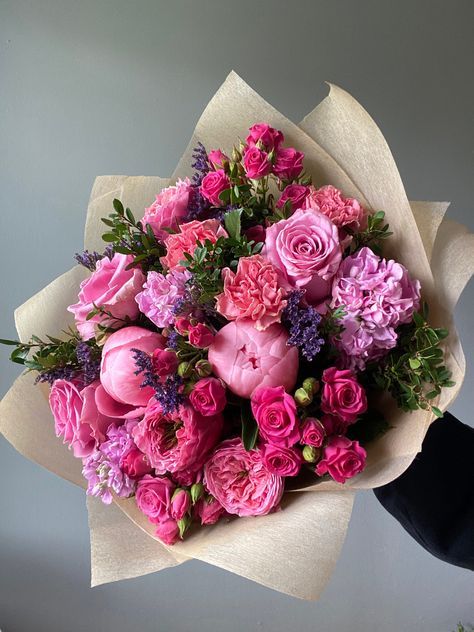
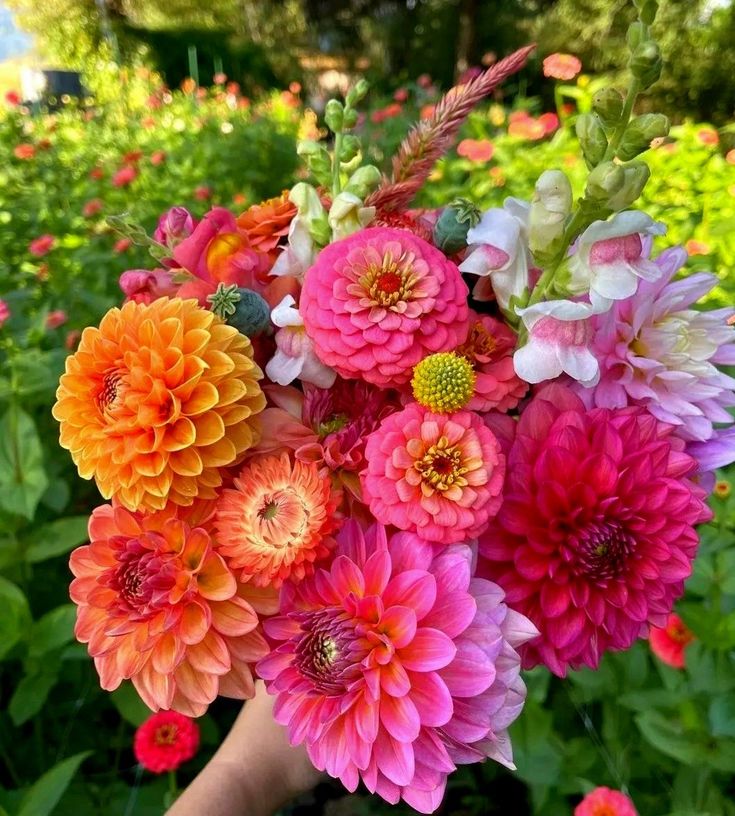
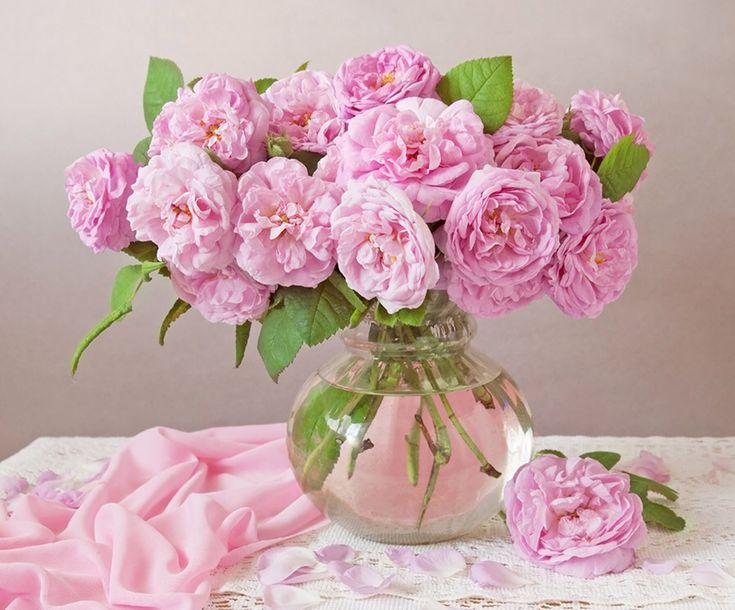
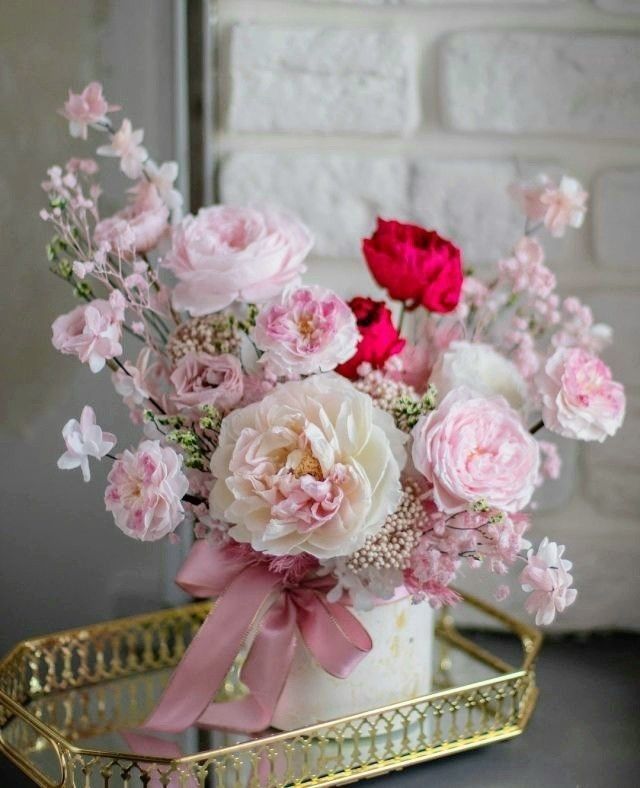
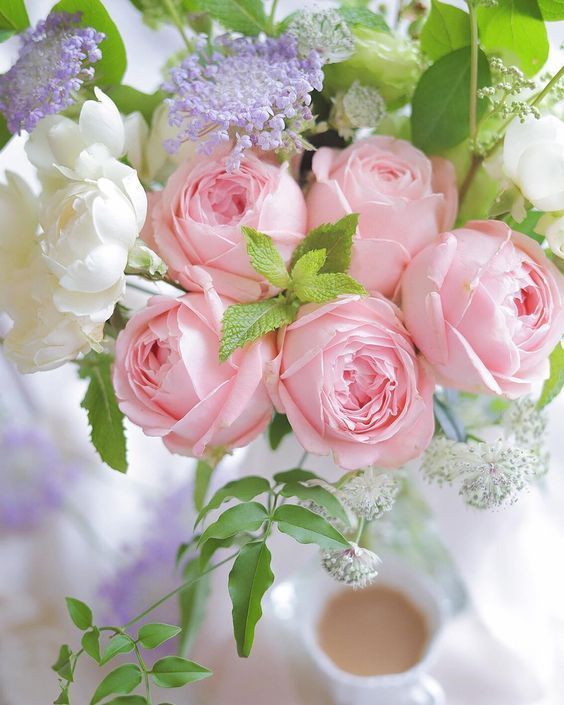
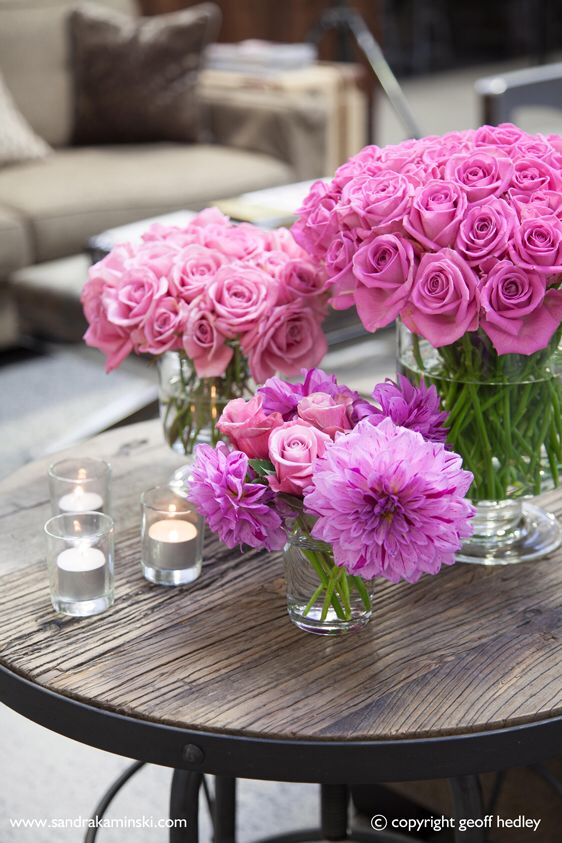
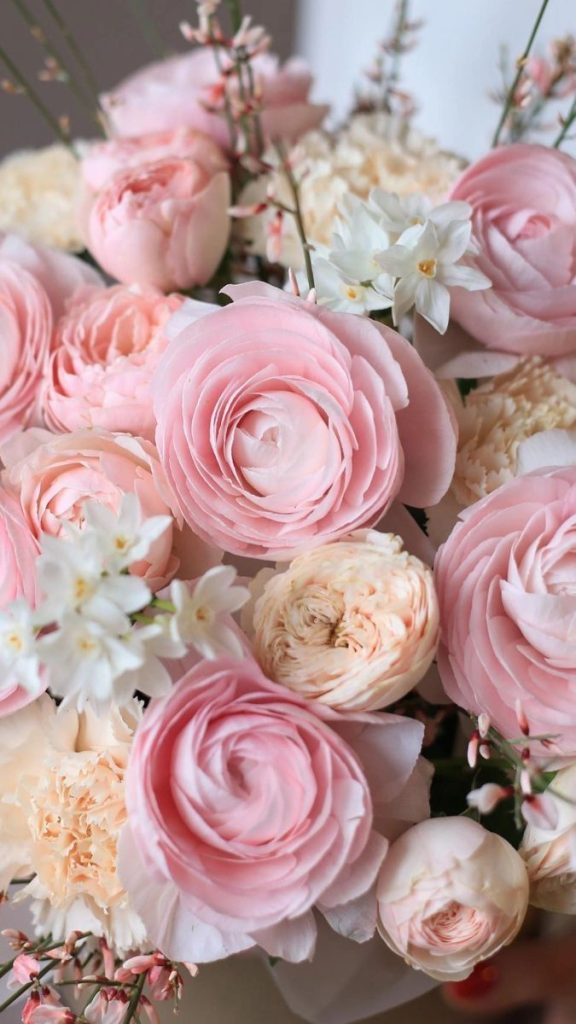
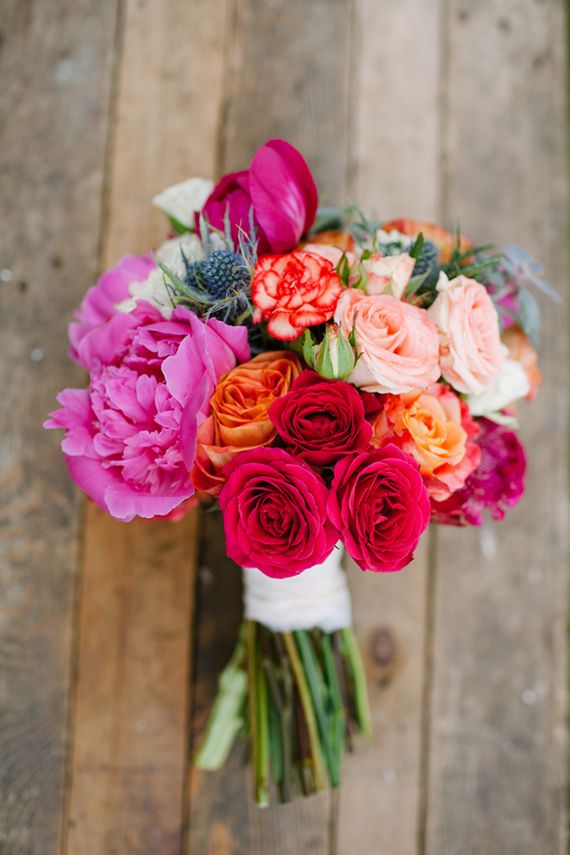
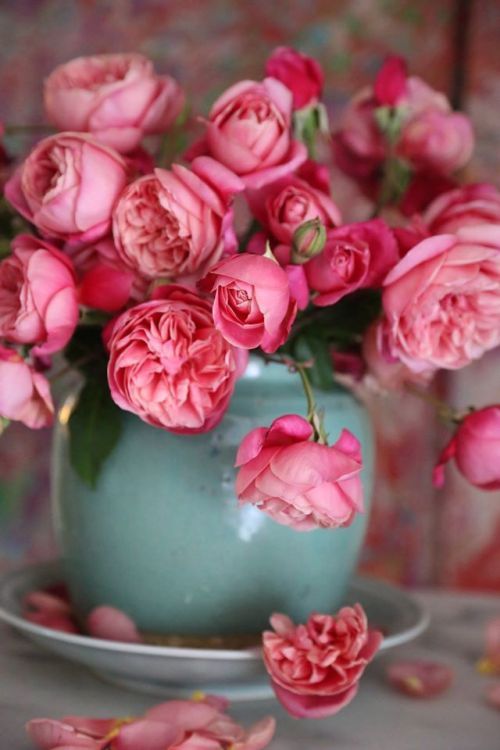
Understanding Hummingbird-Friendly Gardens
- Nectar-Rich Flowers: Hummingbirds are attracted to brightly colored flowers with tubular shapes that contain ample nectar for fueling their high-energy lifestyles. By planting a variety of nectar-rich flowers, you can provide a continuous food source for hummingbirds throughout the growing season.
- Shelter and Perches: In addition to flowers, hummingbirds also require sheltered spaces for resting and perching between feedings. Incorporate trees, shrubs, and trellises into your garden design to provide cover and perching opportunities for these tiny birds.
Selecting Hummingbird-Attracting Flowers
- Trumpet-Shaped Blooms: Choose flowers with trumpet-shaped blooms that are well-suited to the long, slender bills of hummingbirds. Some popular choices include trumpet vine, bee balm, cardinal flower, and salvia.
- Bright Colors: Hummingbirds are particularly drawn to flowers in shades of red, orange, and pink, which stand out against the green foliage and are easily visible to these nectar-loving birds. Incorporate a mix of colorful blooms to create a visually striking garden display.
Creating a Hummingbird-Friendly Habitat
- Plant Diversity: Plant a diverse selection of flowers with varying bloom times to provide a continuous supply of nectar throughout the season. Aim for a mix of annuals, perennials, and flowering shrubs to ensure year-round interest and appeal.
- Strategic Placement: Cluster hummingbird-attracting flowers together in groups or drifts to create focal points and attract the attention of passing birds. Place feeders and water sources near flowering plants to encourage hummingbirds to linger and explore your garden.
Providing Additional Resources
- Water Features: Hummingbirds enjoy bathing and drinking from shallow, moving water sources such as birdbaths, fountains, or misters. Incorporate a water feature into your garden design to provide an additional attraction for these feathered visitors.
- Nesting Materials: Create a welcoming environment for nesting hummingbirds by providing natural materials such as twigs, leaves, and moss for building nests. Hang small baskets or bundles of nesting material in sheltered areas of your garden for hummingbirds to discover and use.
Maintaining a Hummingbird-Friendly Garden
- Regular Maintenance: Keep your garden tidy and well-maintained to create an inviting environment for hummingbirds. Deadhead spent blooms, remove weeds, and prune overgrown foliage to ensure optimal visibility and access to flowers.
- Natural Pest Control: Avoid the use of chemical pesticides and herbicides, which can harm both hummingbirds and their insect prey. Instead, practice integrated pest management techniques such as handpicking pests or introducing natural predators to control garden pests.
Conclusion
Designing a flower garden to attract hummingbirds is a joyful and rewarding endeavor that brings the magic of these tiny birds into your outdoor space. By selecting nectar-rich flowers, providing shelter and perches, and creating a welcoming habitat, you can transform your garden into a haven for hummingbirds to visit and enjoy. Embrace the beauty and wonder of hummingbirds and let their presence inspire you to create a garden that blooms with color, fragrance, and life. With a little planning and care, your hummingbird-friendly garden will become a cherished retreat where you can connect with nature and marvel at the beauty of these enchanting creatures.